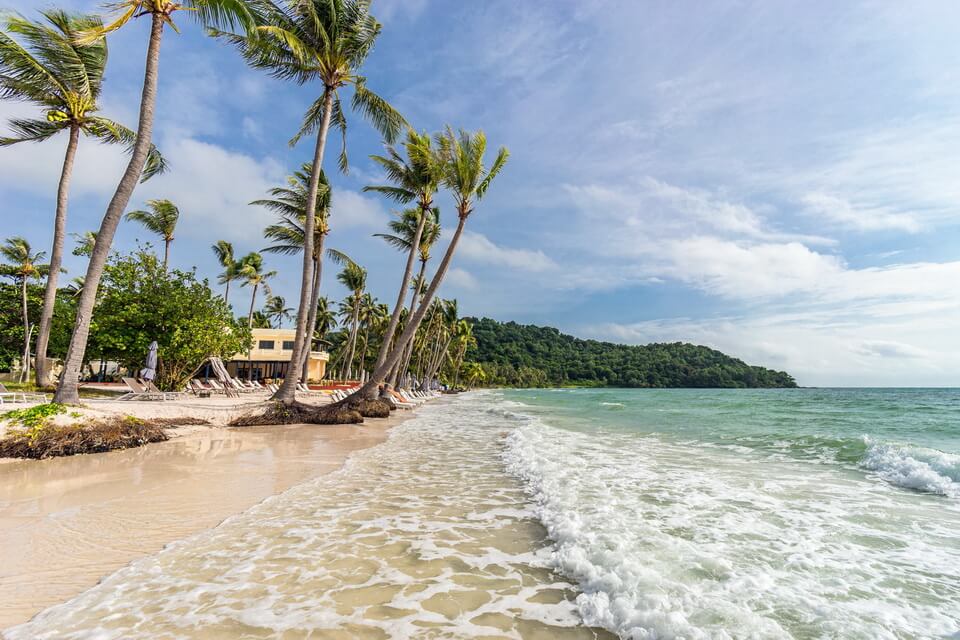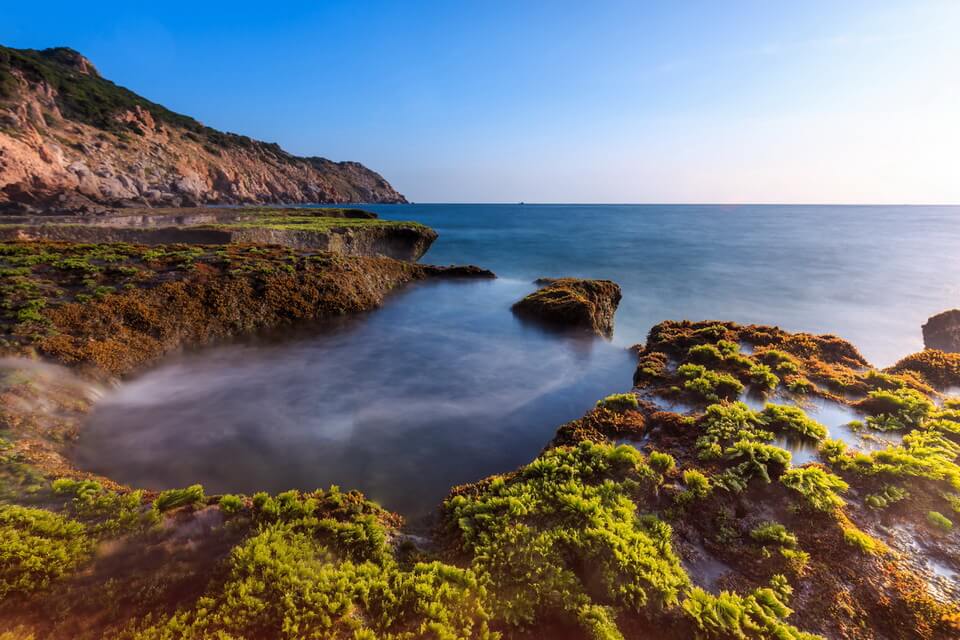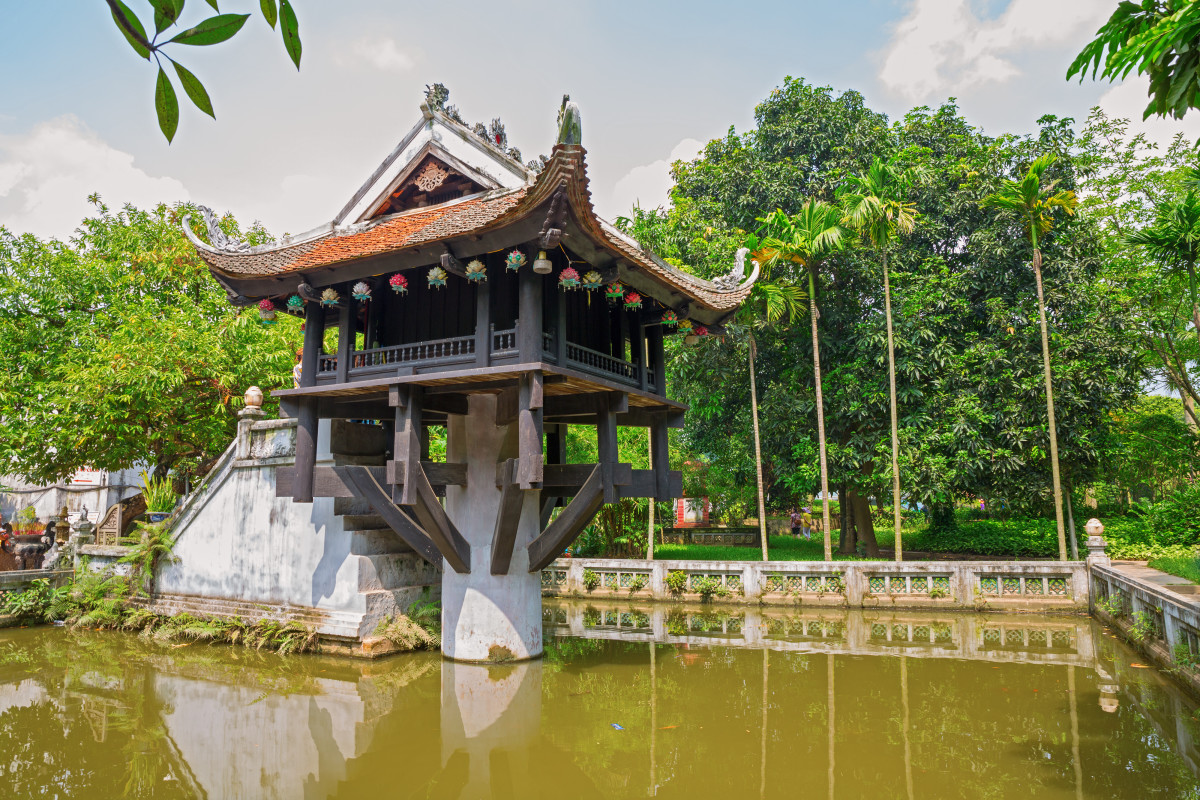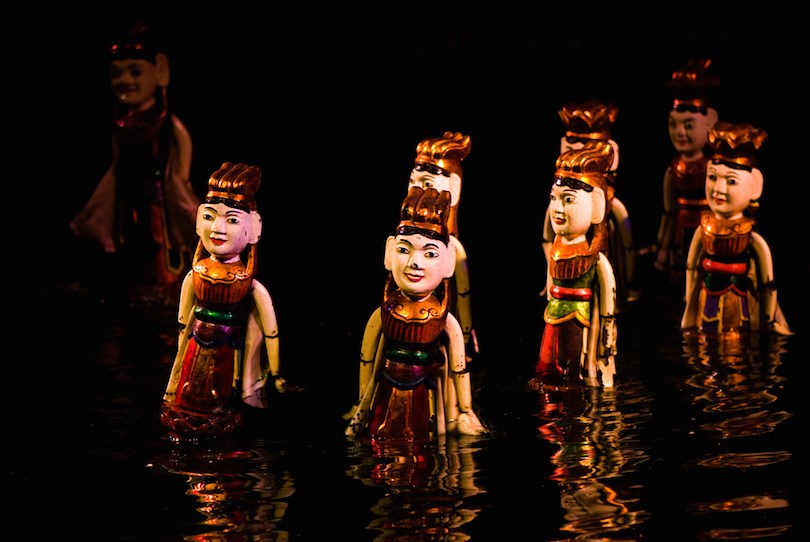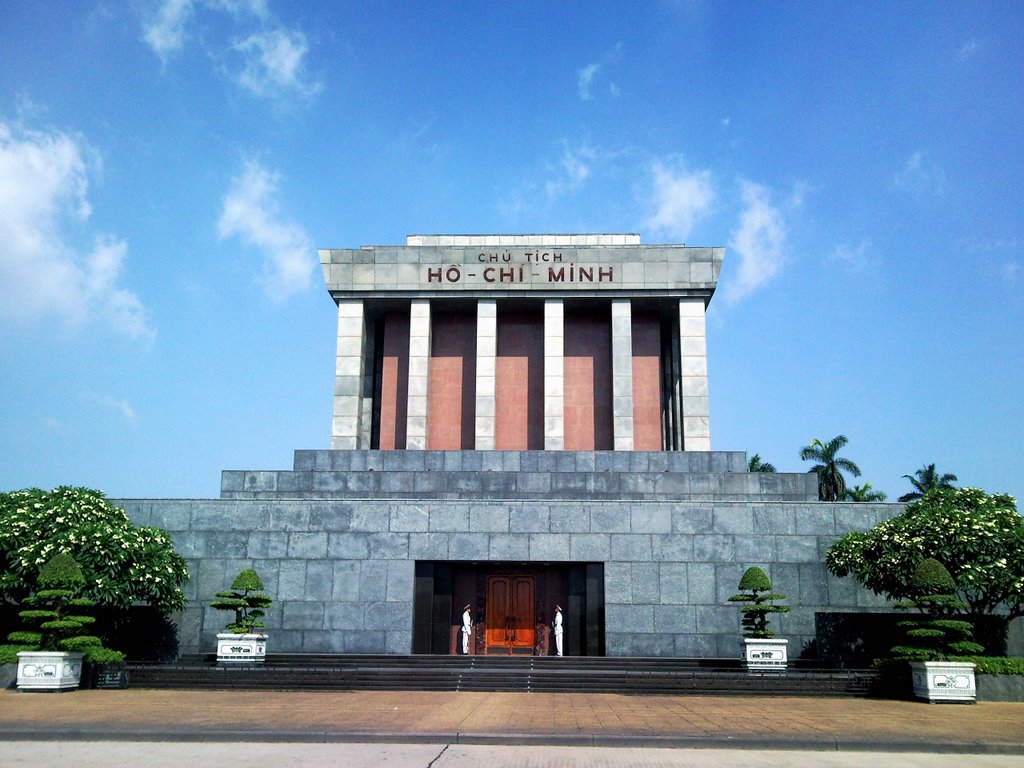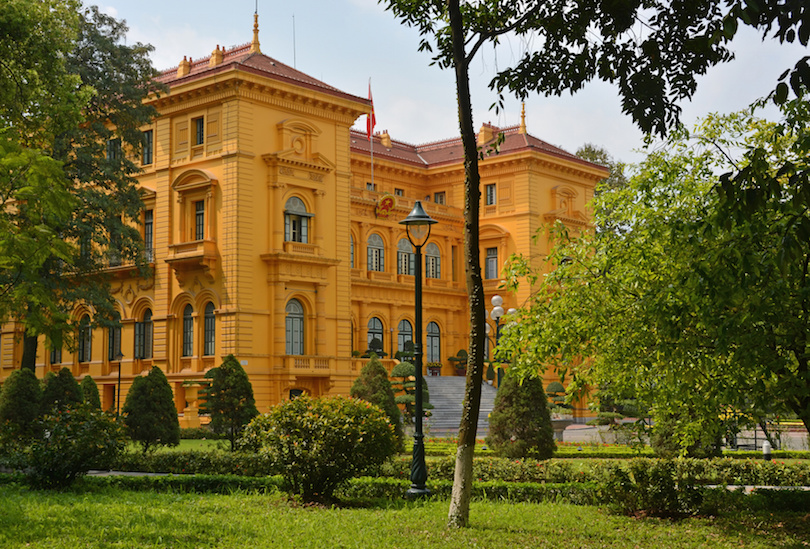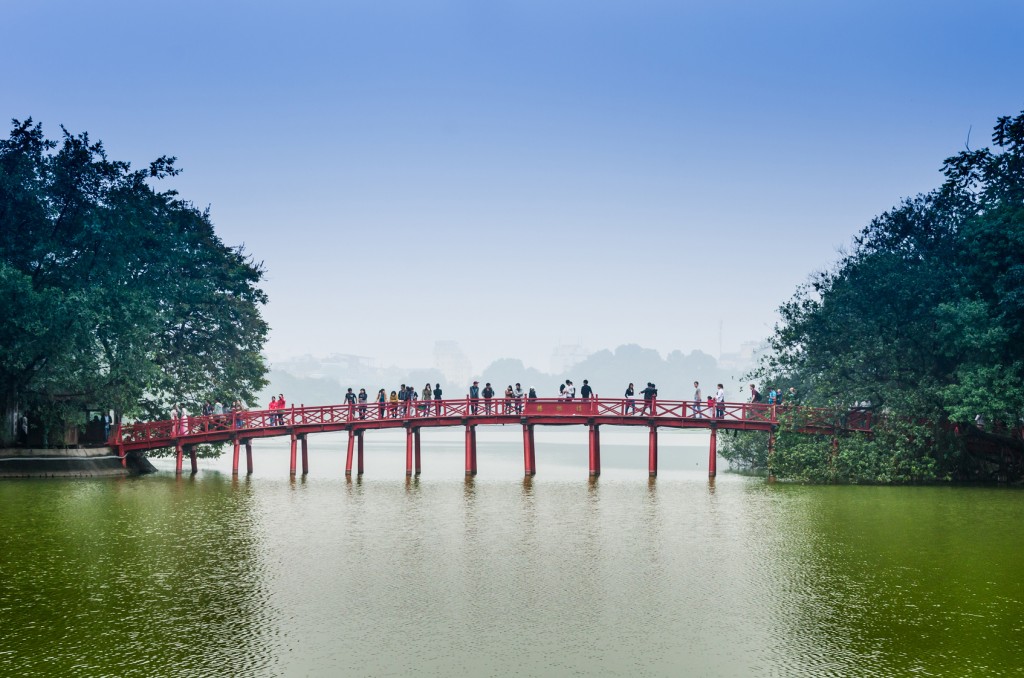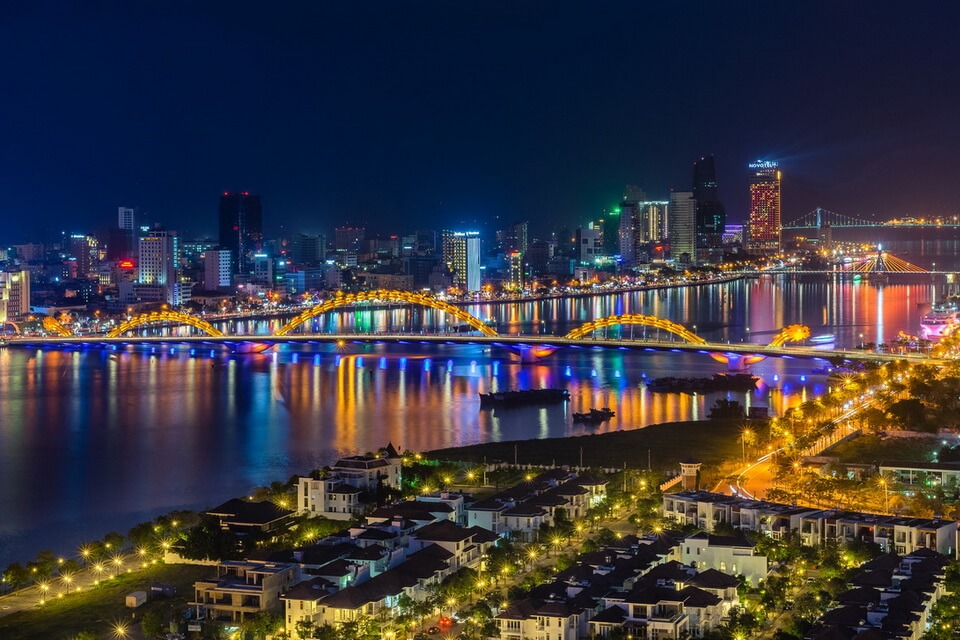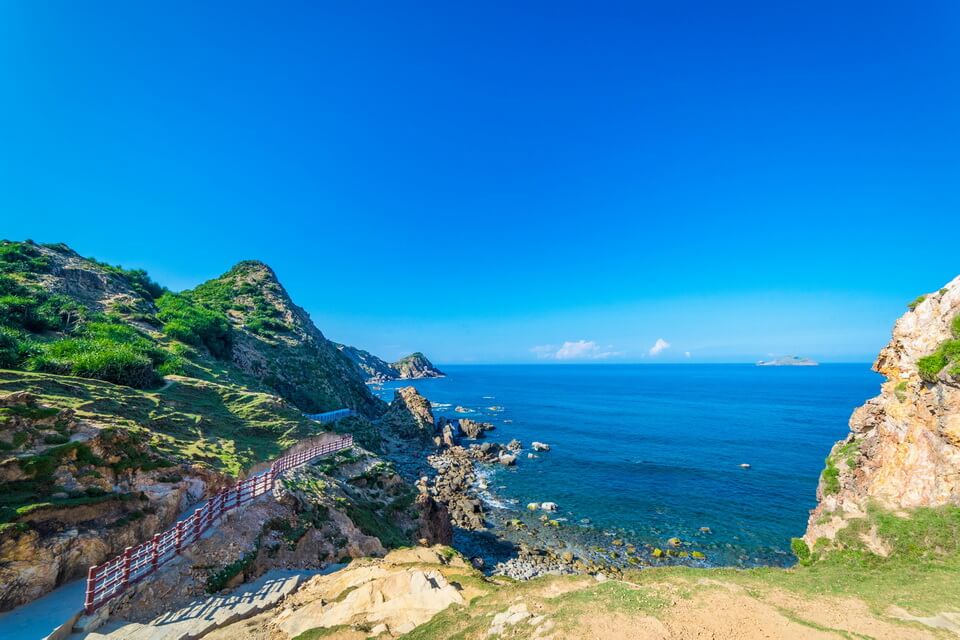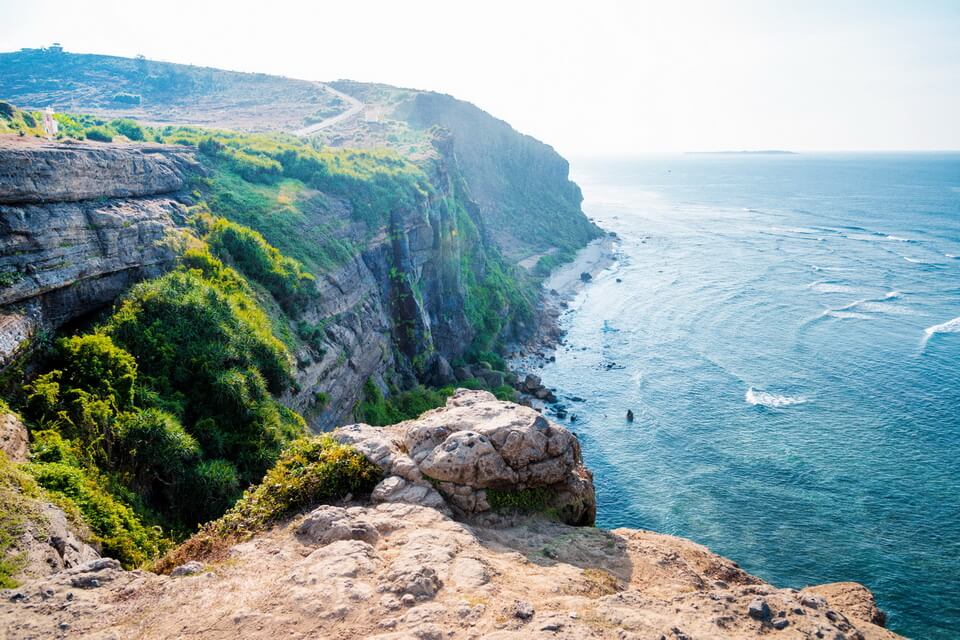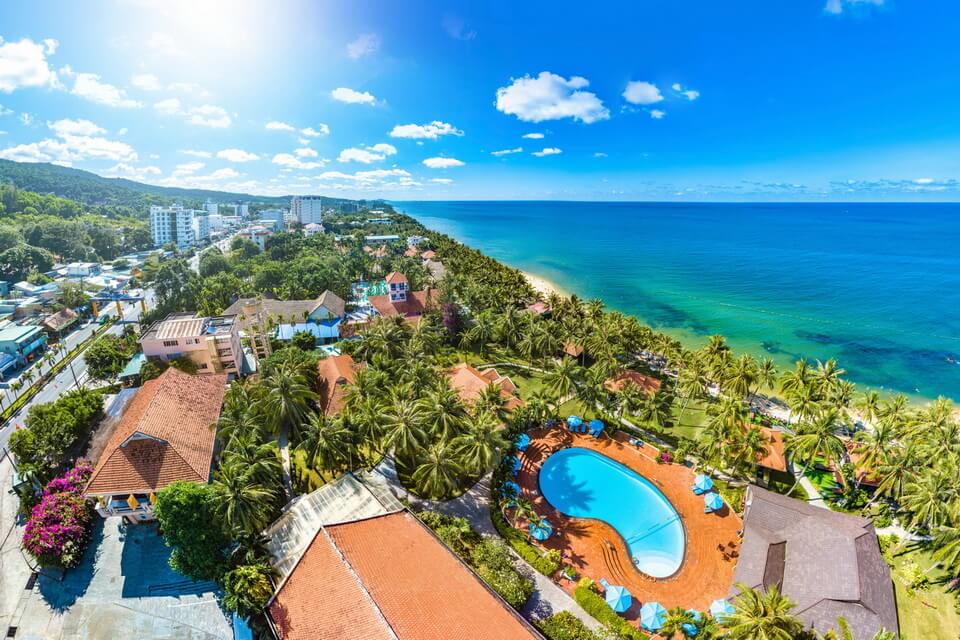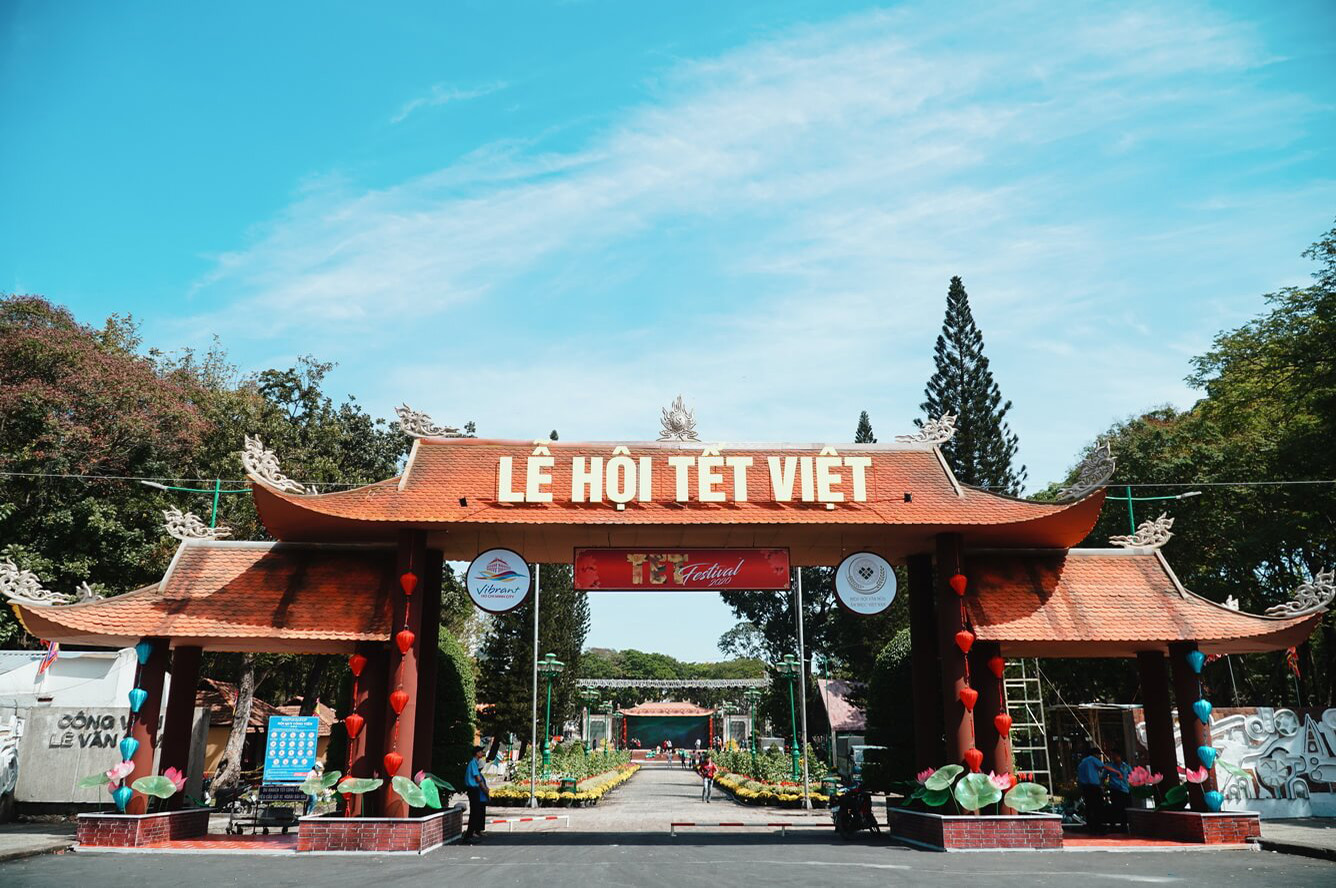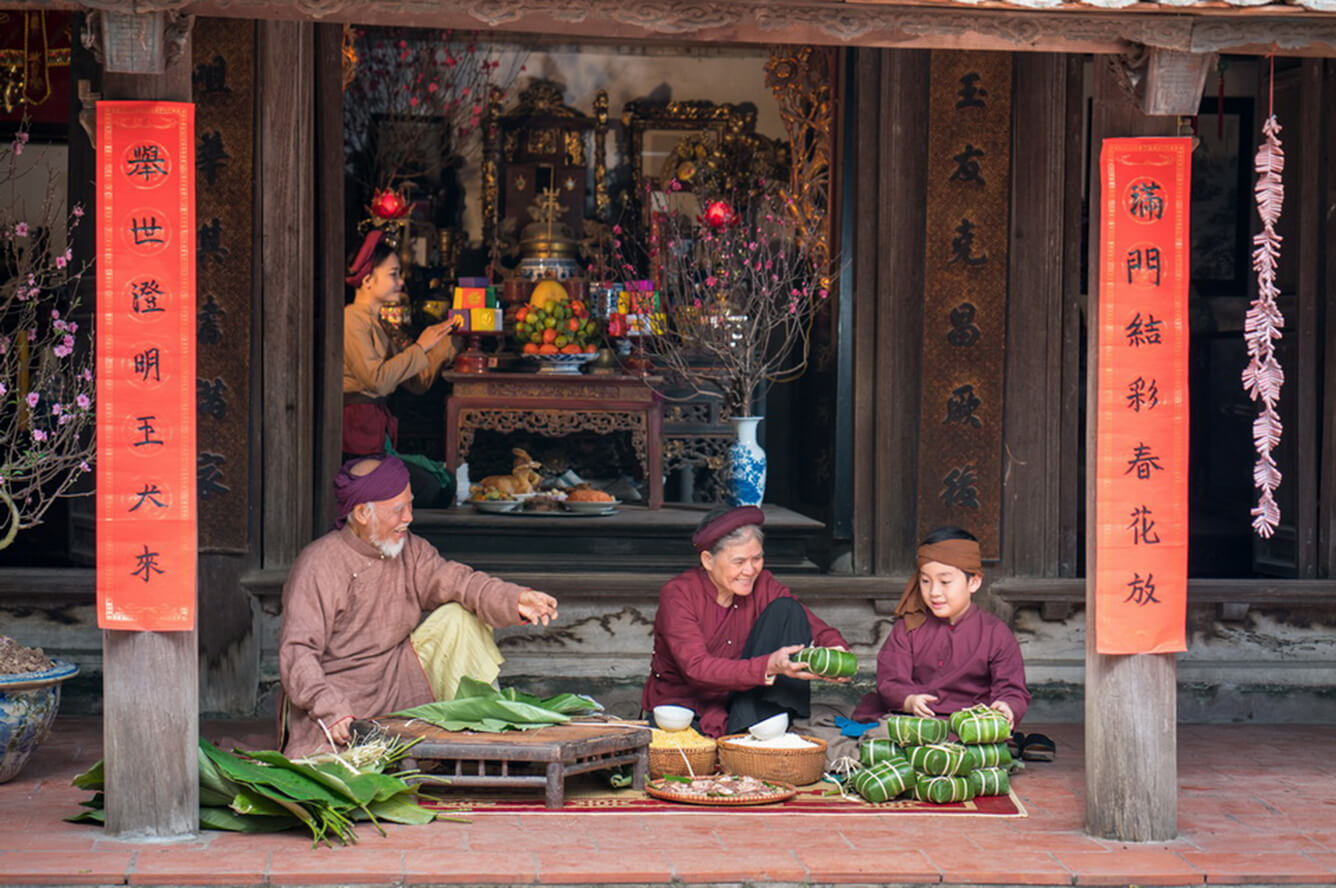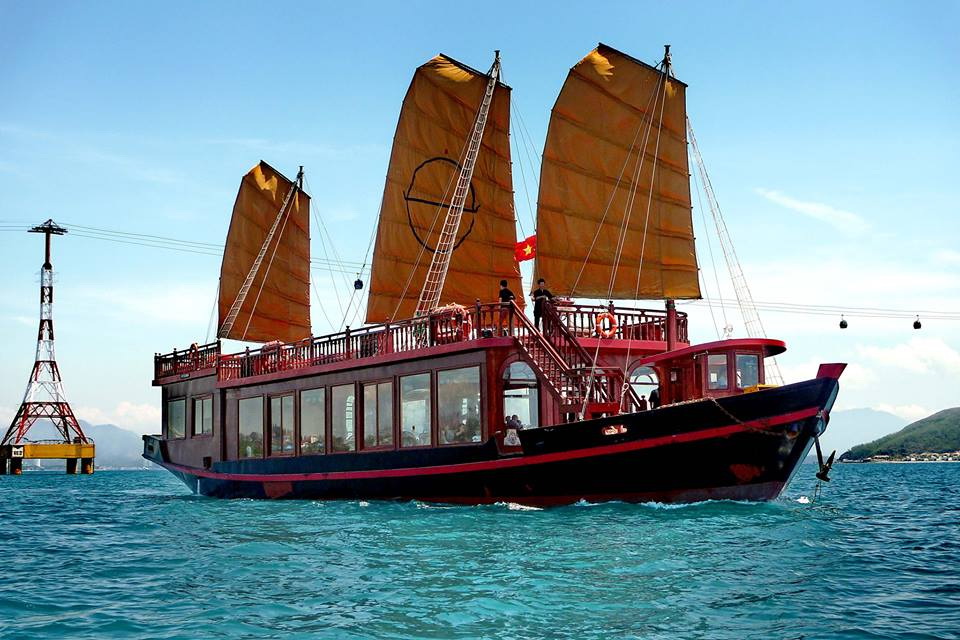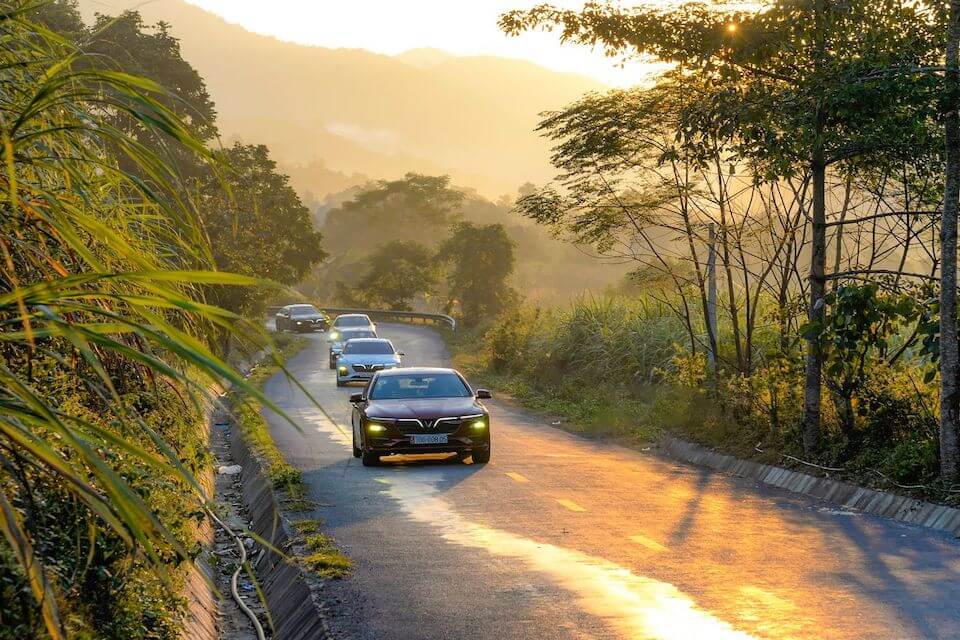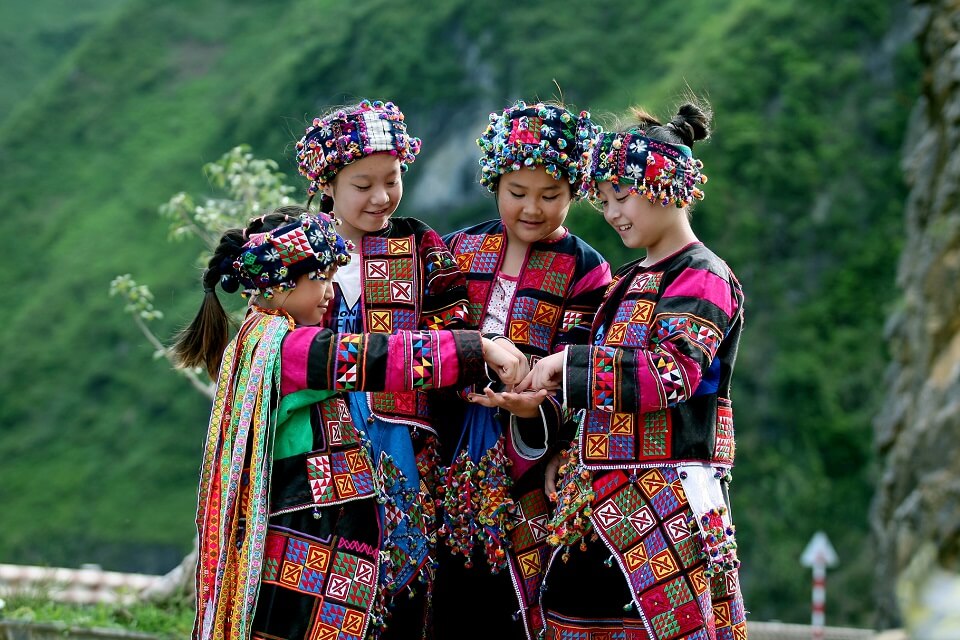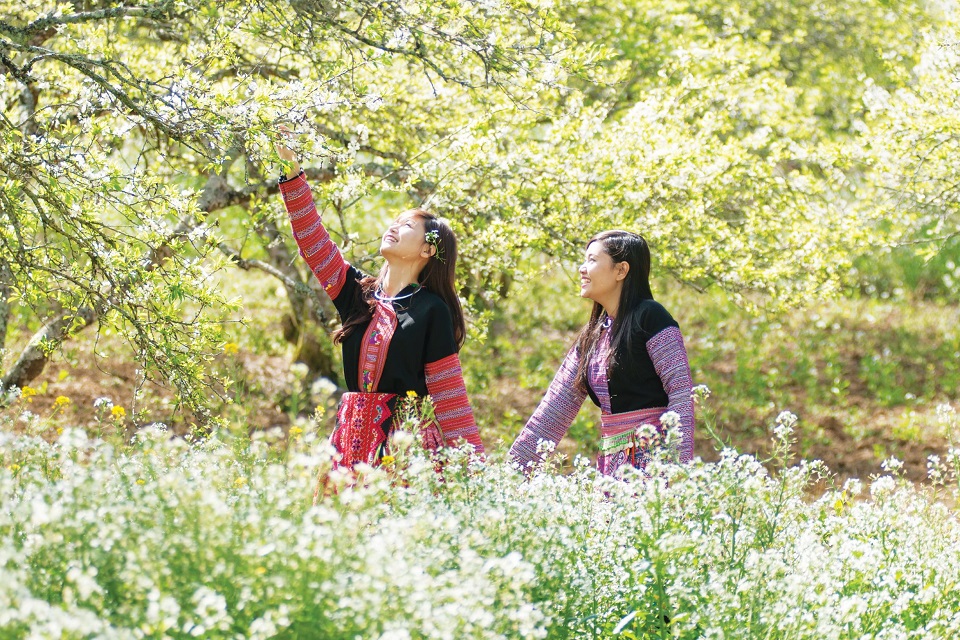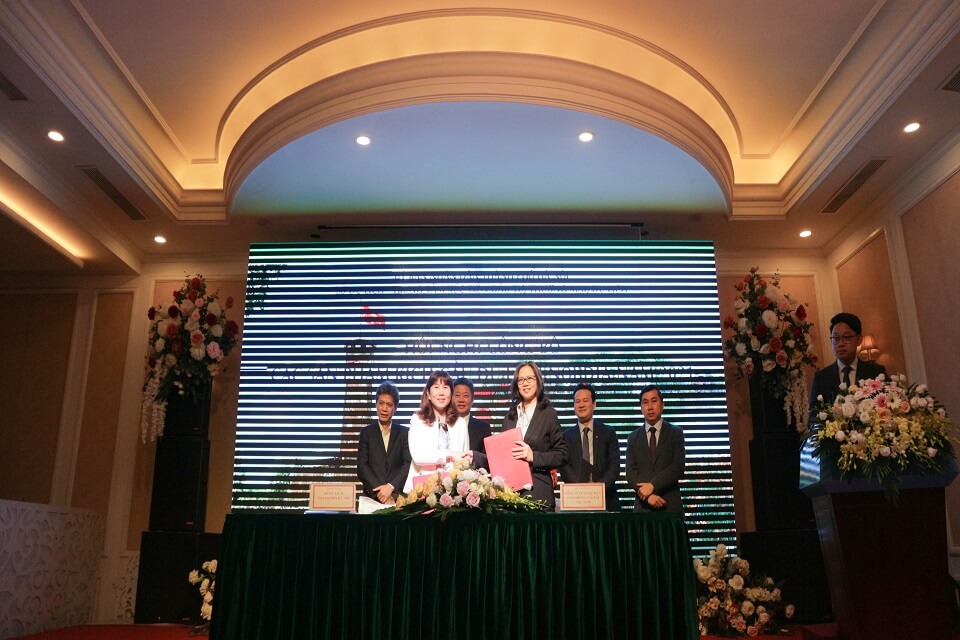One Pillar Pagoda
If Buddhists were to build a treehouse, it would likely look a lot like this. This eleventh century temple was built by the emperor in gratitude for finally being blessed by a son. The temple was meant to look like a lotus flower blossoming from a single pillar in the pond, similar to the one seen in the prophetic dream of a child that this emperor had received. Inside, there is a small shrine to the Bodhisattva of Mercy. The current structure is a rebuild, as the French had the first destroyed after their retreat from the country.
Hanoi's West Lake
This largest urban lake is a favorite location for tourists and Hanoi residents alike. It is where the high-end homes of Hanoi’s wealthy live, and contains a large number of hotels, restaurants, and luxury shops as well. It has been a popular location for residents here for thousands of years, and is home to one of Hanoi’s four sacred temples, as well as the oldest pagoda in the city. This pagoda, dating back to the sixth century, can be found on an island in the center of the lake. Boating, sightseeing, and shopping along the boardwalk are common activities here, and well worth the trip.
Thang Long Water Puppet Theater
This theater celebrates a peasant art form that began in the rice paddies over a thousand years ago. Puppets were simply carved and puppeteers would stand in the water of the paddies, using it as a prop, and act out traditional activities like farming, or legends like the golden turtle and the emperor. The more modern version continues the use of water and audience participation. Traditional Vietnamese instruments perform an opera that narrates the puppets’ actions, and musicians will interact with puppets, encouraging the heroes and warning them of impending danger. Guests of the theater needn’t brave the monsoon weather that once would pour on outdoor audiences, but can sit and enjoy a meal while discovering this ancient dramatic art.
Ho Chi Minh Mausoleum
The final resting place of Vietnamese communist leader Ho Chi Minh sits in Ba Dinh square, the location where he read the nation’s declaration of independence in 1945. This tall, blocky pillared building is modeled after Lenin’s crypt in Moscow and meant to evoke a traditional communal house, though to many tourists it looks like a concrete cubicle with columns. Contrary to his desire for a simple cremation, the embalmed body is on display in plexiglass casing, and a dress code of long sleeves and pants is required to visit. The mausoleum is closed for a couple months around the end of the year, when the body goes to Russia for maintenance.
Ho Chi Minh Presidential Palace
Behind Ho Chi Minh’s Mausoleum is a humble stilt house, where Ho Chi Minh supposedly lived in the 60s, though some claim that it would have been too risky during the war for him to live here. The house is an interpretation of a traditional rural dwelling, and has been preserved just as Ho left it. It’s set in a well-tended garden next to a carp-filled pond. It shares grounds with the much more luxurious and impressive Presidential Palace built for the French Governor of the Indochina colony in the early 1900’s. The palace is now used for official receptions and isn’t open to the public.
Hanoi Hilton (Hoa Lo Prison)
The Hoa Lo Prison, sarcastically coined the Hanoi Hilton by American POWs, was originally built by the French to house Vietnamese political prisoners. The North Vietnamese Army later used the prison to house prisoners of war during the Vietnam War. Well known figures such as Senator John McCain, James Stockdale and Bud Day were just a few of the many prisoners of war that spent time in this prison. Two thirds of the prison was torn down to make way for the Hanoi Towers; the rest was turned into a museum and is now a popular tourist attraction in Hanoi. In 1999 a Hilton Hotel opened in Hanoi and was carefully named the Hilton Hanoi Opera Hotel.
Vietnam Museum of Ethnology
Like many colonial regions that were united by European rule, the country of Vietnam is actually a coagulation of 54 different officially recognized ethnic groups. The Museum of Ethnology strives to give a better understanding of each one, and does so quite elegantly. It is widely believed to be the best of all the modern museums in Vietnam. Displays include a combination of art, everyday objects, and historic artifacts to better tell the story of each unique culture.
Temple of Literature
This is one of the temples of Confucius, and home of the nation’s first university. Originally built in 1070, the temple is meant to honor all scholars. Today, calligraphists will come and write good will wishes in Han characters during the Asian New Year at the steps of the temple, to give as gifts. The temple was built to replicate Confucius’ birthplace, with five courtyards and various temples and other buildings throughout the expansive grounds. Of special note are the Stelae of Doctors, a series of over 100 carved blue stone turtles, which honor the names of all who pass the royal exams.
Hanoi's Old Quarter
The old quarter is a mesh of the old and the new, as antique narrow streets snake between old brick buildings, covered in modern motorbikes and street vendors. This region of Hanoi is a mix of French Colonial architecture and ancient temples, and sits along the shore of Hoan Kiem Lake. It is the center of many attractions in Hanoi, from temples to the water puppet show to its street market. As the quarter was designed around the market, you will find that the streets here are all named for the kind of products that were once sold along its sidewalks, from wood to silver to paper.
Hoan Kiem Lake
Known as the lake of the returned (or restored) sword, this lake marks the historical center of ancient Hanoi. The name comes from a legend in which Emperor Le Loi was given a magical sword by the gods, which he used to drive out the invading Chinese. Later, while boating on the lake, he encountered a giant turtle, which grabbed the sword and carried it down to its depths, Every morning at around 6am local residents practice traditional t’ai chi on the shore. The lake also houses Jade Island, home of the eighteenth century Temple of the Jade Mountain. The island is reachable via the red-painted and picturesque Morning Sunlight Bridge.
Source Touropia

